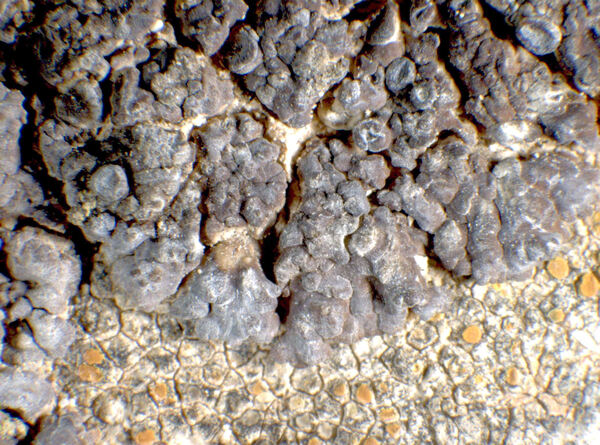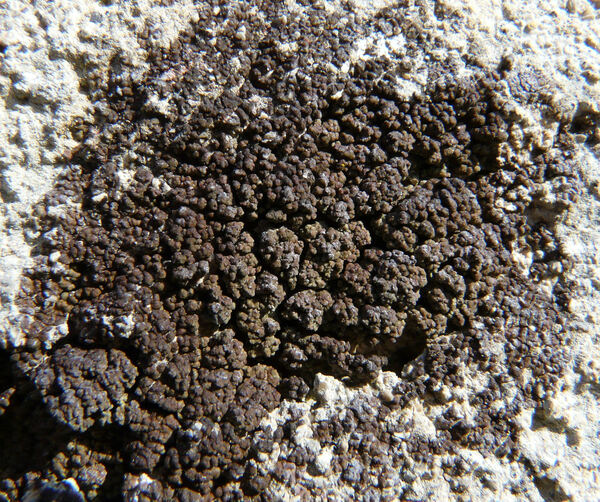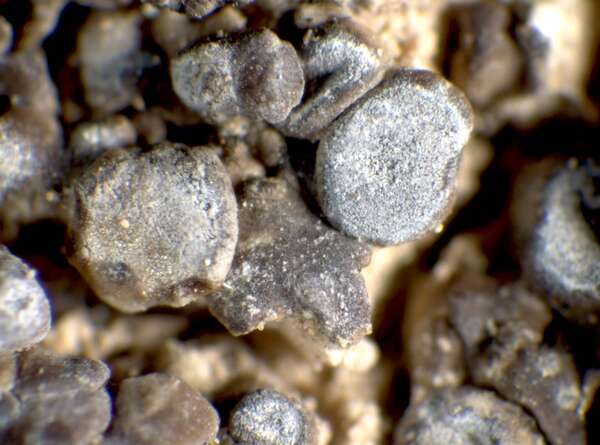Lecania spadicea (Flot.) Zahlbr.
Denkschr. K. Akad. Wissensch., math.-naturw. Kl., 92: 316, 1915. Basionym: Lecanora spadicea Flot. - Linnaea, 22: 362, 1849.
Synonyms: Bayrhofferia spadicea (Flot.) Trevis.; Lecania spadicea var. gennarii (Bagl.) J. Steiner; Ricasolia gennarii Bagl.
Distribution: C - Tosc, Laz (Bartoli & al. 1998), Abr, Sar. S - Camp (Aprile & al. 2003b, Nimis & Tretiach 2004, Garofalo & al. 2010), Pugl (Nimis & Tretiach 1999), Cal (Puntillo 1996), Si (Nimis & al. 1994, Ottonello & Salone 1994, Ottonello & al. 1994, Monte & Ferrari 1996, Ottonello 1996, Grillo 1998, Caniglia & Grillo 2001, 2005, 2006, Grillo & al. 2001, Grillo & Caniglia 2004, Grillo & al. 2009).
Description: Thallus crustose-subplacodioid, episubstratic, up to 300 µm thick, areolate-warted, pale to dark brown, often white-pruinose, especially in sun-forms, the areoles contiguous, usually convex, (0.5-)1-2 mm wide, the marginal ones subsquamulose, elongated and more or less clearly radiating. Cortex paraplectenchymatous, brown in upper part, sometimes with an epinecral layer; algal layer well-distinct; medulla white, thick, I-. Apothecia lecanorine, 0.7-1.8 mm across, with a brown to brown-black, usually white-pruinose, flat to slightly convex disc and a usually paler, sometimes finally excluded thalline margin. Thalline exciple corticate, with an epinecral layer, rich in algal cells; proper exciple thin, colourless to pale brown in upper part; epithecium orange-brown to reddish brown, with a colourless epipsamma, K- or K+ purple-red; hymenium colourless to patchily orange-brown, (40-)50-80 µm high, K/I+ blue; paraphyses simple or sparingly branched, 1.5-2 µm thick at mid-level, the apical cells only slightly swollen, some of them with a brown cap; hypothecium colourless to pale brown. Asci 8-spored, cylindrical to narrowly clavate, with a K/I+ blue tholus and a central non-amyloid area, Bacidia-type. Ascospores 1(-2)-septate, hyaline, ellipsoid, straight or slightly curved, thin-walled, (8-)10-14(-16) x (3-)4-6 µm, without a gelatinous perispore. Pycnidia black, immersed. Conidia thread-like, straight or slightly curved, up to 20 µm long. Photobiont chlorococcoid. Spot tests: thallus K-, P-, KC-, P-, UV-. Chemistry: without lichen substances.Note: a mainly Mediterranean lichen found on inclined surfaces of compact calciferous rocks at relatively low elevations, especially common on walls in villages; mainly Tyrrhenian in Italy.
Growth form: Crustose
Substrata: rocks
Photobiont: green algae other than Trentepohlia
Reproductive strategy: mainly sexual
Commonnes-rarity: (info)
Alpine belt: absent
Subalpine belt: absent
Oromediterranean belt: absent
Montane belt: absent
Submediterranean belt: extremely rare
Padanian area: absent
Humid submediterranean belt: very rare
Humid mediterranean belt: common
Dry mediterranean belt: rather rare
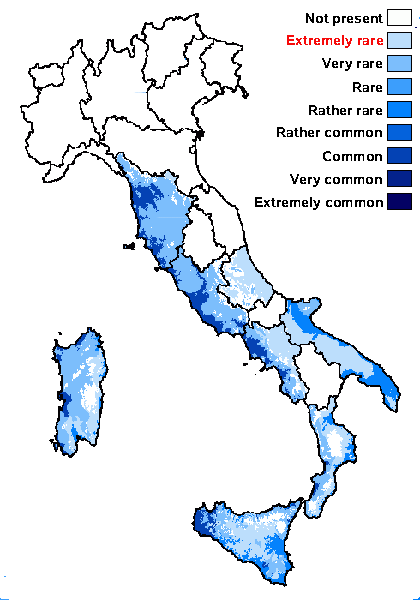
Predictive model
Herbarium samples
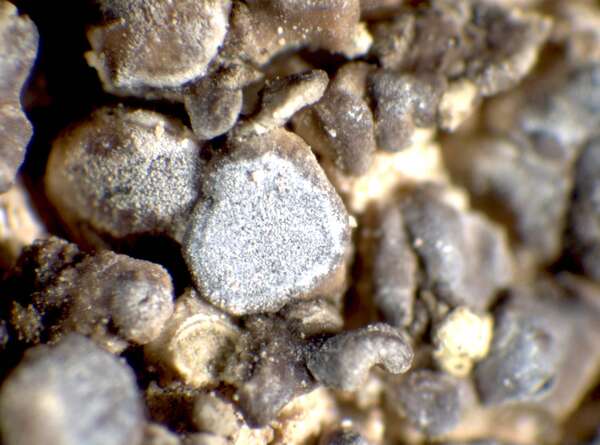

P.L. Nimis; Owner: Department of Life Sciences, University of Trieste
Herbarium: TSB (17020)
2001/12/09
apothecium
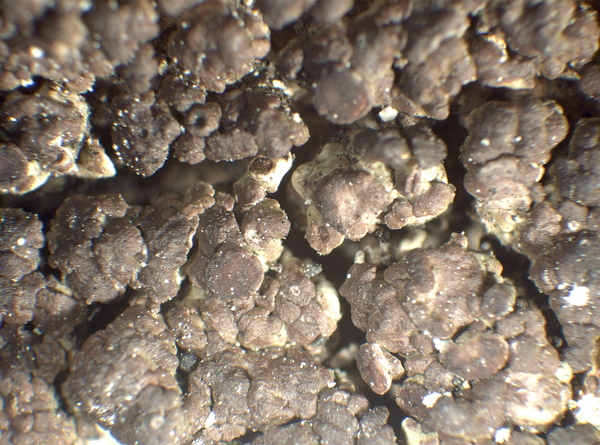

P.L.Nimis; Owner: Department of Life Sciences, University of Trieste
Herbarium: TSB (38253)
2008.02.25
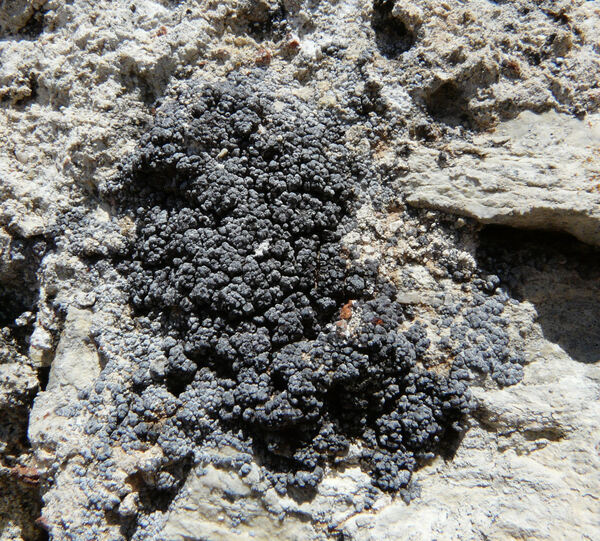

A. Moro; Owner: Department of Life Sciences, University of Trieste
Sicilia, TP, Erice, dintorni della città
2008.04.05
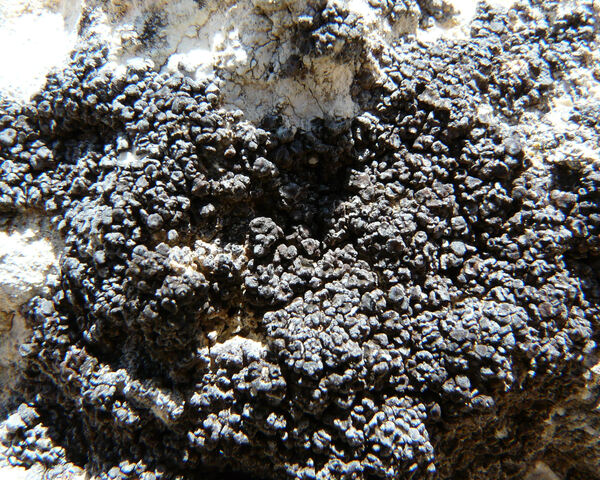

A. Moro; Owner: Department of Life Sciences, University of Trieste
Sicilia, TP, Erice, dintorni della città
2008.04.05
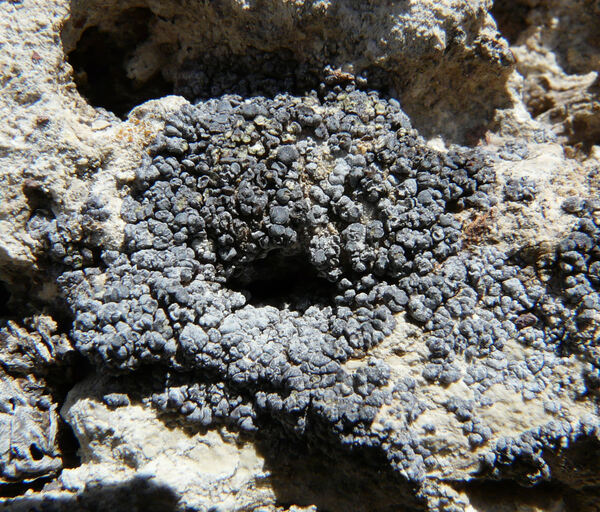

A. Moro; Owner: Department of Life Sciences, University of Trieste
Sicilia, TP, Erice, dintorni della città
2008.04.05
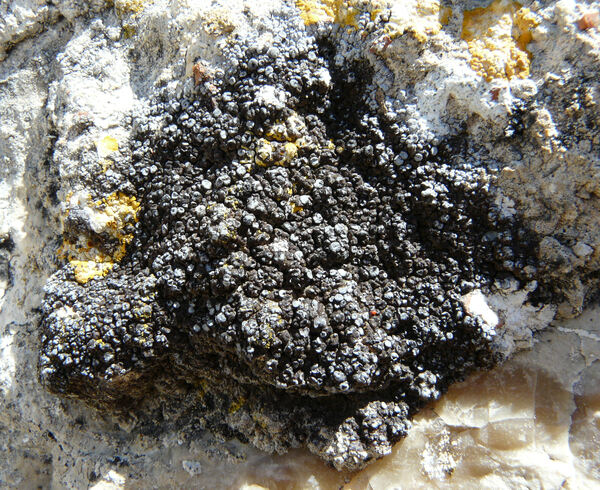

A. Moro; Owner: Department of Life Sciences, University of Trieste
Sicilia, TP, Erice, dintorni della città
2008.04.05
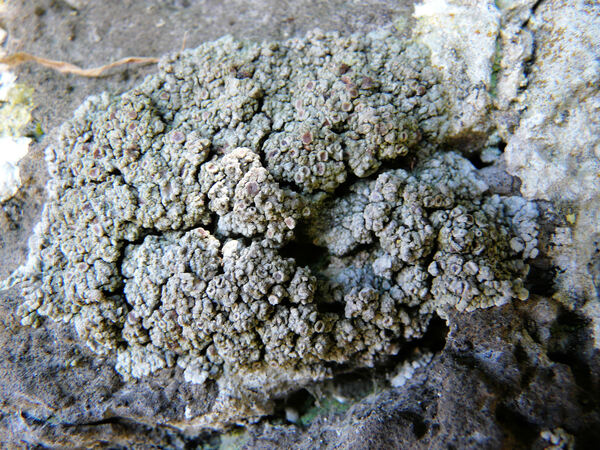

A. Moro; Owner: Department of Life Sciences, University of Trieste
Sicilia, TP, Erice, dintorni della città
2008.04.05
Growth form: Crustose
Substrata: rocks
Photobiont: green algae other than Trentepohlia
Reproductive strategy: mainly sexual
Commonnes-rarity: (info)
Alpine belt: absent
Subalpine belt: absent
Oromediterranean belt: absent
Montane belt: absent
Submediterranean belt: extremely rare
Padanian area: absent
Humid submediterranean belt: very rare
Humid mediterranean belt: common
Dry mediterranean belt: rather rare

Predictive model
| Herbarium samples |


P.L. Nimis; Owner: Department of Life Sciences, University of Trieste
Herbarium: TSB (17020)
2001/12/09
apothecium


P.L.Nimis; Owner: Department of Life Sciences, University of Trieste
Herbarium: TSB (38253)
2008.02.25


A. Moro; Owner: Department of Life Sciences, University of Trieste
Sicilia, TP, Erice, dintorni della città
2008.04.05


A. Moro; Owner: Department of Life Sciences, University of Trieste
Sicilia, TP, Erice, dintorni della città
2008.04.05


A. Moro; Owner: Department of Life Sciences, University of Trieste
Sicilia, TP, Erice, dintorni della città
2008.04.05


A. Moro; Owner: Department of Life Sciences, University of Trieste
Sicilia, TP, Erice, dintorni della città
2008.04.05


 Index Fungorum
Index Fungorum
 GBIF
GBIF
